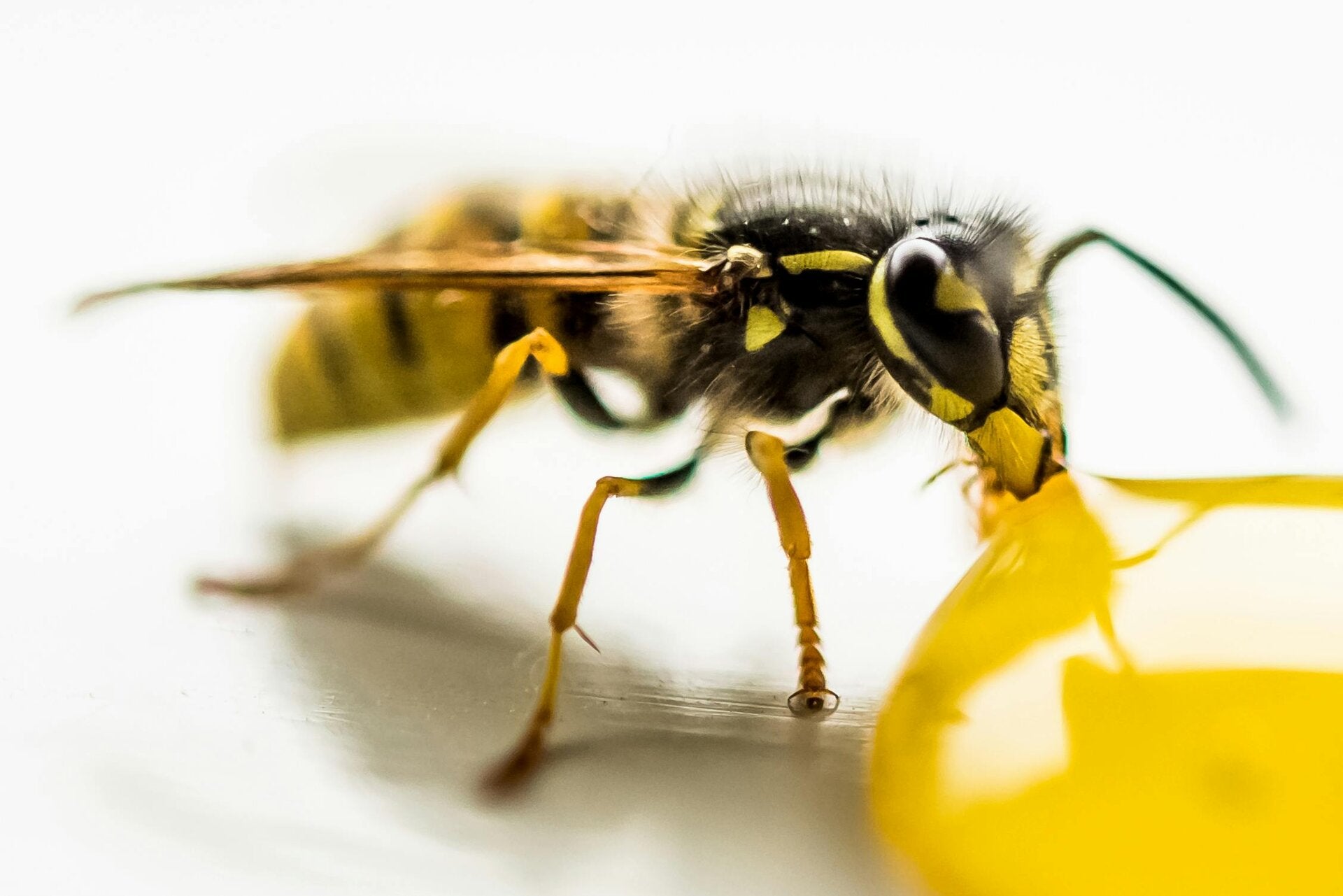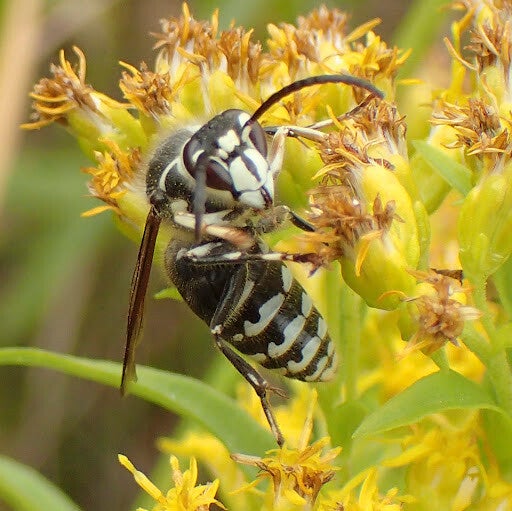Wasps and Hornets
Safe & Effective Nest Removal and Wasp Control
Wasps and hornets can be aggressive, territorial, and dangerous — especially when their nests are built close to homes, businesses, or outdoor areas. Their stings are painful, and large colonies can pose serious risks to people and pets. At Mitchell’s Nuisance Wildlife Solutions, we provide fast, safe, and professional control for all wasp and hornet species, with a focus on targeted treatment and long-term prevention.

Yellowjackets
Yellowjackets are among the most aggressive and problematic wasps in Ontario. They're highly defensive of their nests, sting multiple times, and often build in hidden or hard-to-see places. These wasps are a major concern in late summer and early fall when their colonies are largest.
Most Active:
-
Mid-summer through early fall (July to October)
-
Peak nuisance in late August to September
Where They Nest:
-
Underground burrows (often mistaken for rodent holes)
-
Inside wall voids and attic spaces
-
In dense shrubs, foundations, or hidden siding gaps
Identification Features:
-
Small and compact (10–16 mm)
-
Bright yellow and black striped body
-
Hairless, shiny appearance
-
Fast, darting flight — legs not visible when flying
-
Frequently found near garbage, compost, or sugary foods
Our Treatment:
We locate the nest — even if hidden — and apply targeted insecticide designed for fast knockdown and full colony elimination. If inaccessible, treatment is delivered through entry points. We’ll also recommend preventative sealing for future control.

Paper Wasps
Paper wasps are slender and less aggressive than yellowjackets, but they will defend their nest if disturbed. They often return to the same areas year after year, especially around eaves and sheltered outdoor spaces.
Most Active:
-
Late spring to late summer (May to August)
-
Nest building can begin as early as April during warm weather
Where They Nest:
-
Under eaves, soffits, and porch ceilings
-
Around windows, railings, light fixtures, and BBQs
-
Inside outdoor furniture and mailboxes
Identification Features:
-
Slender, long-legged wasp (15–20 mm)
-
Legs dangle visibly in flight
-
Reddish-brown or black with yellow markings
-
Narrow “waist” between thorax and abdomen
-
Builds open, umbrella-shaped nests with exposed hexagonal cells
Our Treatment:
We treat active nests with a quick-acting spray and remove nests when safe. Surrounding areas are inspected for additional nests, and we can apply a preventative barrier to reduce future activity.

Bald-Faced Hornets
Despite the name, bald-faced hornets are actually aerial yellowjackets and among the most aggressive stinging insects in Ontario. Their large, football-shaped nests can be found high up in trees or under roof overhangs.
Most Active:
-
Mid-summer to early fall (July to September)
-
Colonies begin forming in late spring, but may go unnoticed until summer
Where They Nest:
-
High in trees and dense shrubs
-
Roof gables, overhangs, and building corners
-
Outbuildings like sheds, garages, or barns
Identification Features:
-
Large body — up to 25 mm (1 inch)
-
Black with distinctive white or pale markings on face and thorax
-
Thick-bodied and fast-flying
-
Creates large, papery, grey football-shaped nests
Our Treatment:
We apply a specialized treatment to the nest with protective gear and professional-grade tools. Once the colony is neutralized, we remove the nest safely and advise on steps to prevent future re-nesting.